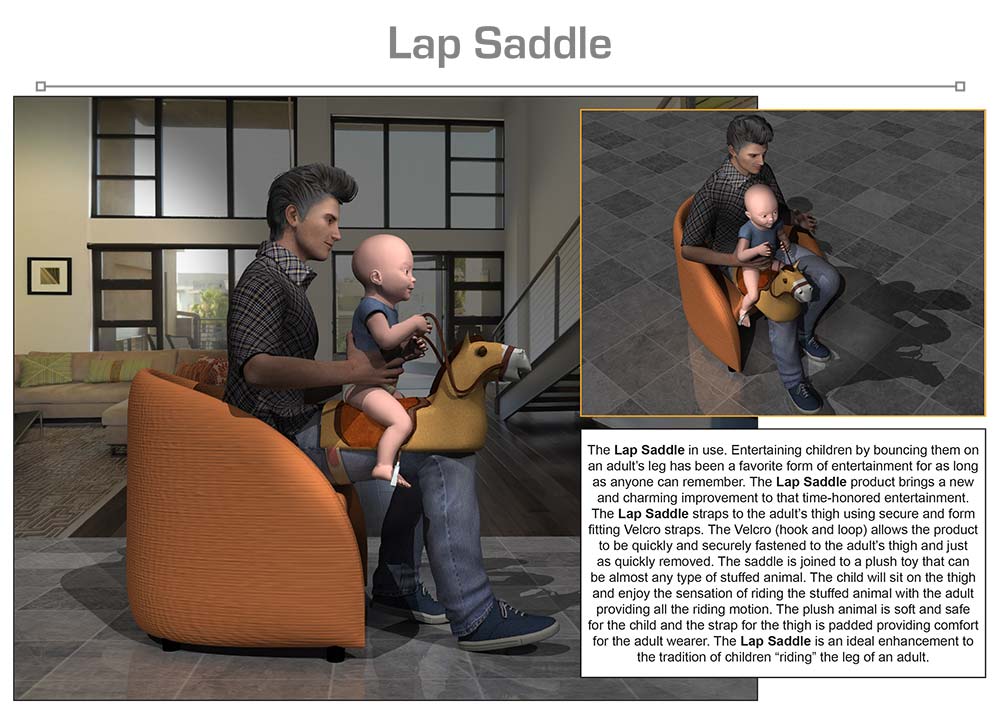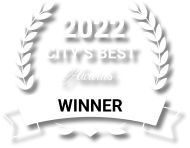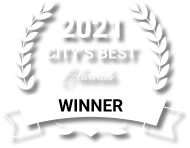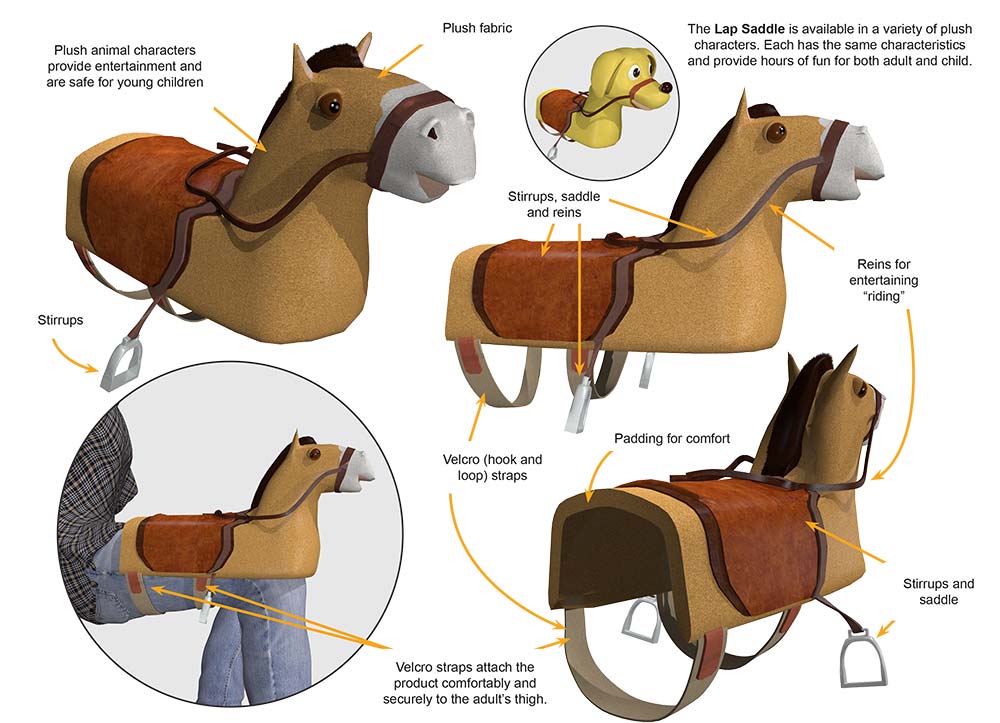
Lap Saddle
DESCRIPTION:
The art of amusing children by physically engaging them has been a favorite form of diversion for as long as anyone can remember. Bouncing, rocking, and other types of physical movement creates a calming effect and is often entertaining for both the adult and the child. Activities for toddlers and very small children are usually very limited and of course should be in the presence of a watchful adult. One of the favorite activities for both adult, toddlers and very young children is bouncing on the adult’s leg. Leg bouncing or knee bouncing has probably entertained adults and children since the dawn of the human race.
Children respond to movement and of course the attention that is directed toward them in this activity. Usually, it is the pretending to be “riding” the adult’s knee that gets the most attention. Children have vivid imaginations and “riding” an adult’s leg is usually all it takes to get a laugh or gleeful results. Getting the child to laugh is a source of entertainment for the adult as well. People like to see their children happy, and a bouncing ride on the leg is an excellent way to provide that happiness. The issue is that it can become fatiguing for the adult since they are providing all the movement and bouncing.
Bonding with a child is a very exceptional moment for anyone involved. Bouncing on the knee or legs provides a way for the child to have a positive physical interaction with his or her caregiver. Knee or leg bouncing is fun and joyous. Children feel the steady beat within their entire body. The beat and steady rhythm remind them of their mother’s heartbeat when they were still in the womb and is generally comforting to a child. Knee bouncing or leg bouncing is considered safe and is not in any way harmful to the child. Once an adult starts a knee bouncing activity, children who were interested in something else will congregate around the adult to join in the knee bouncing activities. Knee bouncing will keep the adult very busy and can lead to some stress and discomfort to the leg if the activity extends for a lengthy time.
The Lap Saddle product brings a new, innovative and charming improvement to that time-honored entertainment of knee or leg bouncing. Consisting of a padded saddle that fits over the thigh the Lap Saddle is strapped securely to the thigh utilizing the Velcro (hook and Loop) straps. The straps will encircle the thigh and tightened to a secure point according to the individual wearing the Lap Saddle. The Velcro straps are comfortable and form fitting and will hold the Lap Saddle in place. The Lap Saddle has attached a head of a plush stuffed animal to simulate the riding of the plush toy. The plush toy is permanently attached to the Lap Saddle. Each plush toy comes with a set of reins that will complete the illusion that the child is “riding” the plush toy. The plush animal head toy is safe and comes in a variety of adorable plush stuffed animals. The saddle has a thick pad for the comfort of the adult wearing the Lap Saddle. The padding will help with fatigue and prevent soreness for extended knee or leg bouncing episodes. The Lap Saddle will fit any child that can fit on an adult’s thigh and be bounced. The Lap Saddle is symmetrical can be attached on either the left or right leg depending on the user’s preference. The Lap Saddle will provide hours of fun for both the adult and child and bring a new experience to an age-old activity.
SPECIFIC, UNIQUE FUNCTIONS OF INVENTION:
- Easy to wear and remove
- Can be worn on either the left or right leg
- Plush animal head bring new experience to knee bouncing
- Padded saddle help prevent fatigue and soreness
- Stirrups for child’s feet and to complete the illusion of riding the animal
- Variety of animal’s plush heads available
- Velcro straps secure the saddle to the adult’s thigh
- Straps hold product secure
- Toy reins add to experience
PRODUCT COMPONENT CLARIFICATION:
The “Lap Saddle” is an innovative entertainment product that has been designed to comfortably seat and entertain younger children. The animal shaped product fits snugly on the parent’s or caregiver’s thigh and has a saddle for the child to sit upon. Then the user can give the child a ride on a happy visaged, plush fabric covered animal. The product has a saddle tree inside that is covered with synthetic fleece and allows the product to fit on the thigh very comfortably for long periods of time without causing excess perspiration. The product can also be additionally secured using the attached nylon straps, which have hook & loop (H&L) fasteners sewn onto them. The child can hold onto the reins or can just sit there comfortably while the user cycles their leg up and down to simulate the animal’s movement. While a horse is illustrated herein, the product can also be supplied in various types of animals, for example dogs, lions, tigers, llamas, pigs, etc.
Currently, the parent or caregiver typically seats the child on their thigh and oscillates the leg up and down to simulate a horse’s gait. This action, and the closeness to the parent or caregiver, provides the child significant entertainment and comfort. However, the child’s bony bottom can cause significant fatigue in the parent’s or caregiver’s leg. Also, the child and provider’s bodily heat can cause significant sweating that normally does not affect the child but can be very uncomfortable to the provider.
The “Lap Saddle” resolves most of these problems while providing a plush, very comfortable seat for the child. The molded foam core, raised saddle, and the soft plush fabric make a very comfortable seat for the child with the provider’s leg up within the animal’s body cavity. The happy faced animal encourages riding and can make the child smile as well. The leather reins and stirrups help stabilize the child and gives them something to hold onto during use, improving the ride significantly. The ‘saddle tree’ on the interior provides a comfortable fit on the leg but allows air to circulate, reducing the perspiration during long duration use. The closed cell foam is waterproof and the hypoallergenic, stain resistant fabric can be washed, rinsed, and air dried if it becomes soiled. The lifelike plastic eyes and mane are glued to the foam in the indented locations. The fabric components are sewn together with the reins and stirrups. After sewing, the fabric cover is glued to the molded foam core.
The foam body: The hypoallergenic foam body is molded in reusable forms in the shape of the animal being fabricated, (in this document, a horse). The EVA (ethylene vinyl acetate) foam is highly resistant to household chemicals and will not absorb water. The product is easy to form and retains its shape, even in harsh environments. The outer surface of the thermoplastic foam accepts adhesives well, making it a good choice for this application. The mold will have all the desired features of the animal being produced and a U-shaped opening in the body of the animal for the user’s thigh.
The saddle tree: The saddle (leg) tree is fabricated very much like the saddle tree on a western saddle except the style, gullet, and cantle are not used. They are replaced by two shaped metal connectors that hold the yellow popular wood bars in the proper position. The bars and connectors are screwed together using stainless steel fasteners. After fabrication, the wood is coated with polyurethane sealer and the surfaces that will contact the user’s leg are covered with synthetic polyester fleece. After fabrication and the rest of the components are assembled on the product, the leg tree is adhesively bonded to the interior of the foam body.
- As an option: The saddle tree bars can be fabricated from fiberglass or any other suitable material that will reduce material costs and assembly time.
- As an additional option: The saddle tree can be eliminated and the user’s leg can contact the EVA foam that has been covered with the synthetic fleece material.
The fabric cover: This cover is fabricated from many different colored shapes from bolts of 100% polyester fleece material. This fabric is hypoallergenic, is water and stain resistant, and can be supplied in almost any vibrant color. It is easily cleaned using soapy water, rinsed in clear water, and air dried, retaining its fluffy pile and stain resistant properties over years of use. The material is cut to shape using computer controlled rolling cutters. The outer cover is constructed from several pieces making the animal markings, the saddle, and the bridle. The sections are joined using a single stitch around the join and then the blanket is turned inside out to develop a finished outer surface. The reins and the stirrups are attached and are reinforced using a cross box stitch configuration.
The eyes: The plastic life-like eyes are commercially available and are adhesively bonded to the foam before the fabric is attached to the foam. This allows and eye treatments used on fabric to be cut around the eyes and look more natural when the product is finished.
The reins: The reins are cut to length from tanned sheepskin. These 3⁄4” wide reins are then sewn to the fabric cover at the bridle location and are allowed to droop around the animal’s neck, where the child can grasp them. The leather reins provide an authentic look and feel to the animal and are significantly stronger than fabric reins.
The stirrups: The stirrups are fabricated using injection molded polyethylene plastic stirrups loops and attachment openings, through which the nylon web straps are slipped and sewn into place using a cross box stitch configuration. The other end of the 0.045” thick by 1” wide web strap is sewn to the fabric cover using a cross box stitch configuration.
The securing straps: These straps are fabricated using the same nylon webbing as used in the stirrups. This 0.045” thick by 1” wide nylon webbing can be supplied in contrasting or complementary colors and has the mating hook and loop fasteners sewn onto the webbing to allow contact during use. The other end of the 0.045” thick by 1” wide web strap is adhesively bonded to the interior surface of the animal body.
The Lap Saddle is designed to be aesthetic and effective in the application. The relative ease of manufacture and the moderately inexpensive components provide good marketability for the manufacturer. The user benefits from improved comfort for both they and the child and improved entertainment for the child, which should provide considerable market interest in the product.
The invention is illustrated in the following drawings of the essential points as explained to us in the documentation.
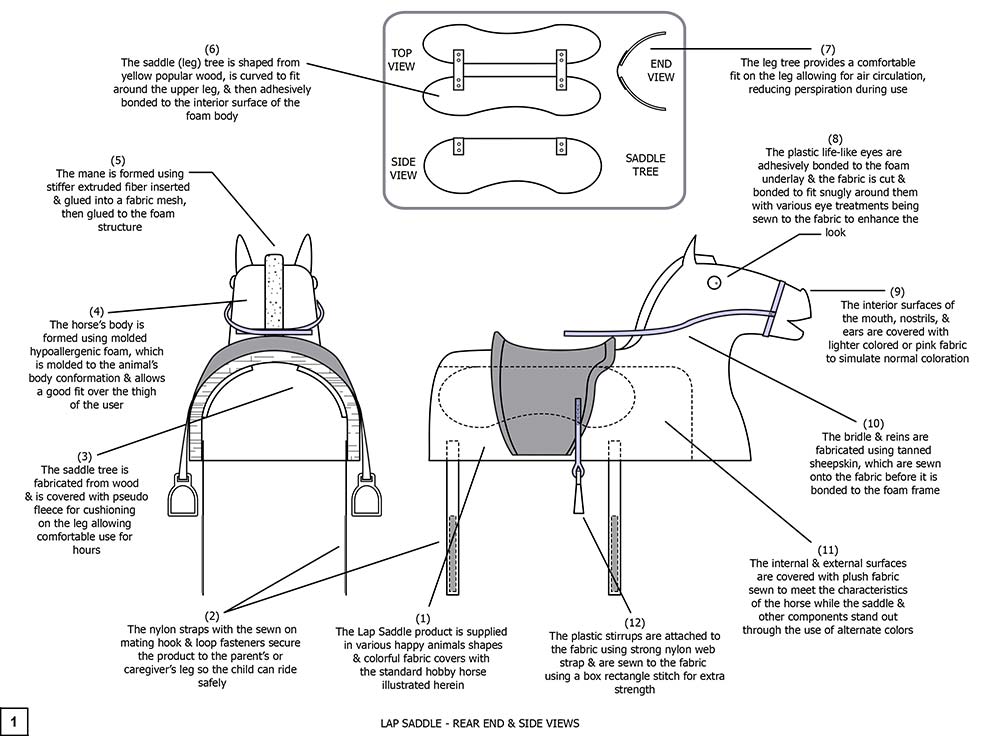
Drawing 1, Block 1: Lap Saddle – Rear End And Side Views
(1) The lap saddle product is supplied in various happy animal shapes and colorful fabric colors with the standard hobby horse illustrated herein.
(2) The nylon straps with the sewn on mating hook and loop fasteners secure the product to the parent’s or caregiver’s legs so the child can ride safely.
(3) The saddle tree is fabricated from wood and is covered with pseudo fleece for cushioning on the leg allowing comfortable use for hours.
(4) The horse’s body is formed using molded hypoallergenic foam, which is molded to the animal’s body conformation and allows a good fit over the thigh of the user. The front of the cavity is large enough to have clearance even when the knee is bent.
(5) The mane is formed using stiffer extruded fabric inserted and glued into a fabric mesh, then glued to the foam structure.
(6) The saddle(leg) tree is shaped from yellow popular wood, is curved to fit around the upper leg, and then adhesively bonded to the interior surface of the foam body.
(7) The leg tree provides a comfortable fit on the leg allowing for air circulation reducing perspiration during use.
(8) The plastic life-like eyes are adhesively bonded to the foam underlay and the fabric is cut and bonded snugly around them with various eye treatments being sewn to the fabric to enhance the look.
(9) The interior surfaces of the mouth, nostrils, and ears are covered with lighter colored or pink fabric to simulate normal coloration.
(10) The bridle and reins are fabricated using tanned sheepskin, which are sewn onto the fabric before it is bonded to the foam frame.
(11) The internal and exterior surfaces are covered with plush fabric sewn to the characteristics of the horse while the saddle and other components stand out through the use of alternate colors.
a. As an option, the internals surfaces do not have to be covered with fabric as long as the leg tree is covered.
(12) The plastic stirrups are attached to the fabric using strong nylon web strap and are sewn to the fabric using a box rectangle stitch for extra strength.
Although a single embodiment of the invention has been illustrated in the accompanying drawings and described in the above detailed description, it will be understood that the invention is not limited to the embodiment developed herein, but is capable of numerous rearrangements, modifications, substitutions of parts and elements without departing from the spirit and scope of the invention.
This document has been prepared for the manufacturer’s elucidation. The manufacturer’s decision makers should consider this product for licensing (providing intellectual property protection for their sales of the product in return for a royalty payment for a period of years) or an outright purchase of the patent for a negotiated fee. The inventor and his team are standing by to consider offers for licensing or outright purchase of the patent.
